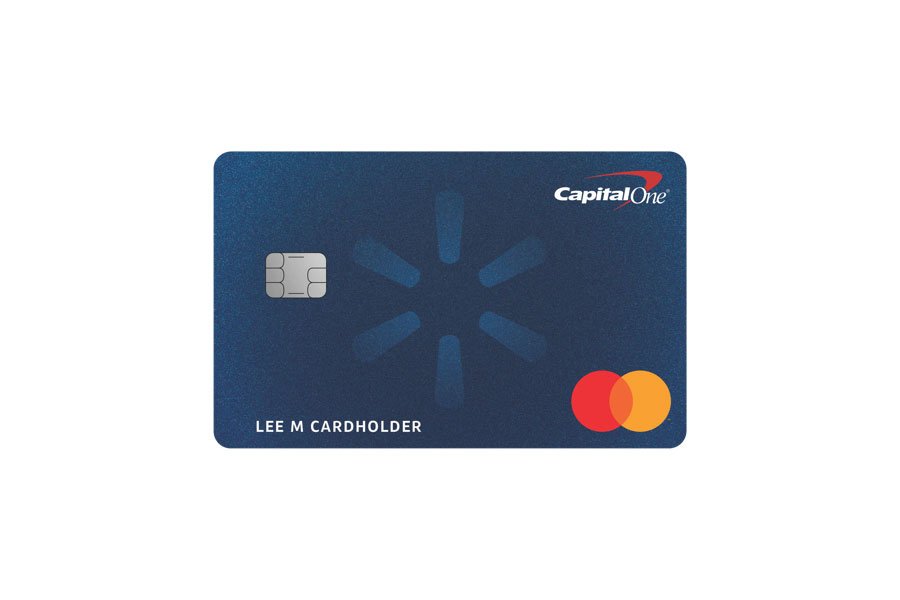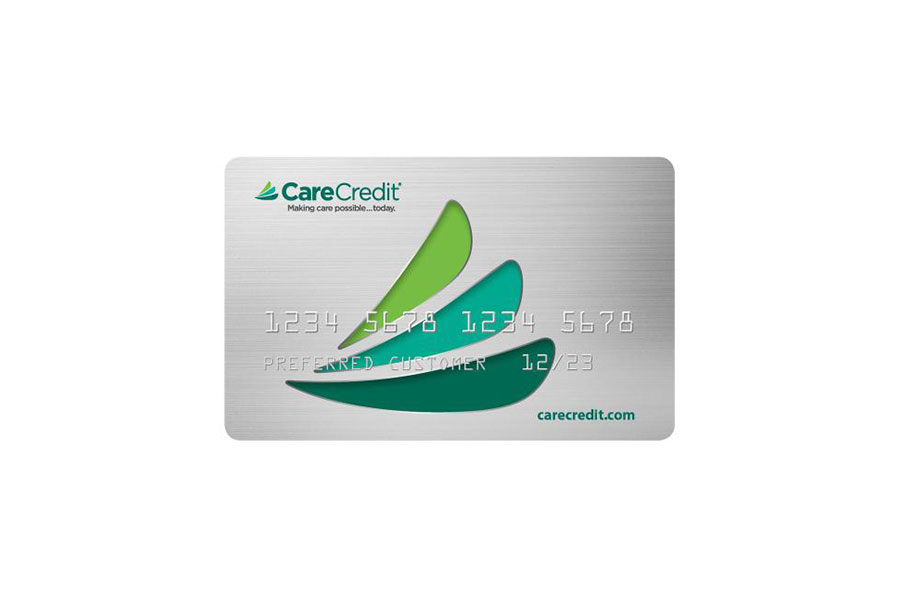Credit card interest is the cost incurred when carrying a balance on your credit card. It is expressed as an annual percentage rate (APR) and can significantly impact your overall debt if not managed properly. This interest is charged by the credit card issuer and calculated based on your outstanding balance and the interest rate applied to your account.

Knowing how credit card interest is calculated is essential for managing your finances effectively. It allows you to make informed decisions about your spending, payments, and debt management. Being aware of how interest is computed helps minimize costs and avoid unnecessary debt accumulation.
This article aims to provide a clear and practical guide on how to calculate credit card interest. We will break down the components involved, explain the formulas used, and offer tips on reducing the amount of interest you pay. By the end of this article, you will have a better grasp of how credit card interest works and how to manage it to your advantage.
Key Takeaways
- Paying off your balance in full each month is the most effective way to avoid interest charges and keep your debt under control.
- Making more than the minimum payment and taking advantage of grace periods can significantly reduce your overall interest costs.
- Negotiating for a lower APR or transferring your balance to a card with a lower rate can help you manage and minimize interest charges.
What Is Credit Card Interest?
Credit card interest is the cost of borrowing money through your credit card. It’s applied when you carry a balance beyond the due date and is calculated based on your card’s annual percentage rate (APR) and outstanding balance. This charge can add up quickly if balances aren’t paid off in full.
What Is APR?
The annual percentage rate (APR) is the yearly cost of borrowing money on your credit card. It includes the interest rate and may account for other fees, such as annual or transaction fees. For instance, a 20% APR means you could pay $200 in interest on a $1,000 balance over a year if no payments are made.
Fixed vs. Variable APRs
Variable APR: This rate adjusts based on a benchmark like the prime rate. While it might offer lower rates during favorable conditions, it can rise when market rates increase, leading to higher costs.
Fixed APR: This rate stays consistent, making it predictable. However, the issuer can change it with notice, often due to missed payments or other account activity.
How Credit Card Interest is Calculated
Knowing how credit card interest is calculated can help you manage your finances better and minimize interest charges. The calculation involves determining the Daily Periodic Rate (DPR) and using the Average Daily Balance method.
Daily Periodic Rate (DPR)
The Daily Periodic Rate (DPR) is the rate of interest charged on your credit card balance daily. It is derived from the Annual Percentage Rate (APR) and helps determine your daily interest charges.
To calculate the DPR, you divide the APR by 365 (the number of days in a year). For example, if your APR is 18%, you would divide 18% by 365. This gives you the daily rate, which is the amount of interest charged each day.
Average Daily Balance Method
The Average Daily Balance method is a common way credit card issuers calculate interest. It involves averaging your balance over the billing cycle to determine how much interest you owe.
Explanation of the Method
- Track daily balances: Note your credit card balance at the end of each day during the billing cycle.
- Add daily balances: Add up all the daily balances for the entire billing cycle.
- Calculate average: Divide the total of these balances by the number of days in the billing cycle. This gives you the average daily balance.
For example, if your daily balances for a 30-day billing cycle total $9,000, you would divide $9,000 by 30, giving you an average daily balance of $300.
Calculating Interest Charges
Using the DPR and the average daily balance, you can calculate the interest charges for the billing cycle. Multiply the DPR by the average daily balance and then by the number of days in the billing cycle.
For example, if your DPR is 0.05%, the average daily balance is $300, and the billing cycle is 30 days, you would multiply 0.05% by $300, and then by 30 days to find the interest charges for that billing cycle.
This simplified approach helps you understand the process without getting bogged down in complex calculations.
Example Calculation
Let’s go through a detailed example to better understand how credit card interest is calculated. We’ll break down each component: Daily Periodic Rate (DPR), average daily balance, and interest charges.
Determine the APR and Convert to DPR
Suppose your credit card has an APR of 18%. To find the DPR, divide the APR by 365.
- APR: 18%
- DPR: 18% / 365 ≈ 0.0493%
Calculate the Average Daily Balance
Consider the following daily balances over a 30-day billing cycle:
- Days 1-10: $500
- Days 11-20: $700
- Days 21-30: $300
To find the average daily balance:
- Multiply each balance by the number of days it was held.
- $500 x 10 days = $5,000
- $700 x 10 days = $7,000
- $300 x 10 days = $3,000
- Add these amounts together to get the total balance for the billing cycle.
- $5,000 + $7,000 + $3,000 = $15,000
- Divide the total balance by the number of days in the billing cycle.
- $15,000 / 30 days = $500
So, the average daily balance is $500.
Calculate the Interest Charges
Using the DPR and the average daily balance, you can calculate the interest charges for the billing cycle.
- Multiply the DPR by the average daily balance.
- 0.0493% x $500 ≈ $0.2465
- Multiply the result by the number of days in the billing cycle.
- $0.2465 x 30 days ≈ $7.40
Explanation of the Final Result
In this example, with an APR of 18%, an average daily balance of $500, and a 30-day billing cycle, the interest charged would be approximately $7.40. This example shows how carrying a balance on your credit card can lead to interest charges, helping you better manage your credit card usage and payments.
Factors Influencing Credit Card Interest
The amount of interest you pay depends on several factors, and small adjustments in how you manage your account can lead to big savings.
Billing Cycle Length
The number of days in your billing cycle affects how much interest accrues. A 30-day billing cycle means more days for interest to add up compared to a shorter cycle. For example, with a $500 balance and an 18% APR, an extra five days could add $1.23 in interest charges.
Payment Timing
Paying your balance on time or early can prevent additional charges. If you pay in full during the grace period, you can avoid interest on new purchases entirely.
Carrying a Balance
If you carry a balance from month to month, interest builds on the unpaid amount. Over time, this compounds, leading to higher costs. For example, if you owe $1,000 and only pay the minimum, your interest charges could double your balance within a few years.
Making payments early, paying more than the minimum, and keeping balances low can significantly reduce your interest charges.
Strategies to Manage and Reduce Balances
- Pay more than the minimum: Paying more than the minimum amount due each month reduces your balance faster and decreases the amount of interest charged.
- Make multiple payments: Making multiple payments throughout the month can help keep your balance lower, reducing the daily balance used to calculate interest.
- Use balance transfer offers: Consider transferring your balance to a card with a lower APR or a 0% introductory APR offer. This can reduce or eliminate interest charges for a specified period, allowing you to pay down your balance more quickly.
Tips to Minimize Credit Card Interest
Reducing credit card interest can save you money and help you manage your finances better. Here are some effective strategies to minimize credit card interest.
Pay Off Balances in Full
Paying off your entire balance each month is the best way to avoid interest charges. When you pay in full, you don’t carry a balance into the next billing cycle, which means no interest accrues on your purchases.
By paying off your balance each month, you eliminate interest charges entirely. This helps you save money and keep your credit card debt under control. In addition, if you have a rewards credit card, you can actually come out ahead with cashback or airline miles.
Make More Than Minimum Payments
Paying more than the minimum amount due each month reduces your balance faster. A lower balance means less interest is charged because interest is calculated based on the outstanding balance.
Examples and Strategies for Extra Payments
- Set a higher monthly payment: Commit to paying a fixed amount that is higher than the minimum payment each month.
- Use extra income: Allocate bonuses, tax refunds, or any additional income towards your credit card payments.
- Split payments: Make multiple payments throughout the month to keep your balance lower.
Take Advantage of Grace Periods
Most credit cards offer a grace period, which is the time between the end of the billing cycle and the payment due date. During this period, you won’t be charged interest on new purchases if you pay your balance in full. To take advantage of this, always try to pay your entire balance before the due date.
Lower Your APR
Contact your credit card issuer and request a lower APR. If you have a good payment history and a solid credit score, they might agree to reduce your rate. This can significantly lower the amount of interest you pay on any remaining balance.
Consider transferring your balance to a credit card with a lower APR or a 0% introductory APR offer. This can reduce or eliminate interest charges for a set period, allowing you to pay down your balance more quickly.
Conclusion
Credit card interest can significantly impact your finances, but you can take steps to manage it effectively. Knowing how interest is calculated, along with factors like your billing cycle and payment due dates, is essential.
Paying off your balance in full each month is the best way to avoid interest charges. If you can’t do that, paying more than the minimum amount and making multiple payments each month can help reduce your balance faster. Make sure to use grace periods to your advantage and consider negotiating with your credit card issuer for a lower APR or transferring your balance to a card with better terms.
By applying these strategies, you can minimize the interest you pay and take control of your credit card debt. These actions not only save you money but also contribute to better financial well-being.




